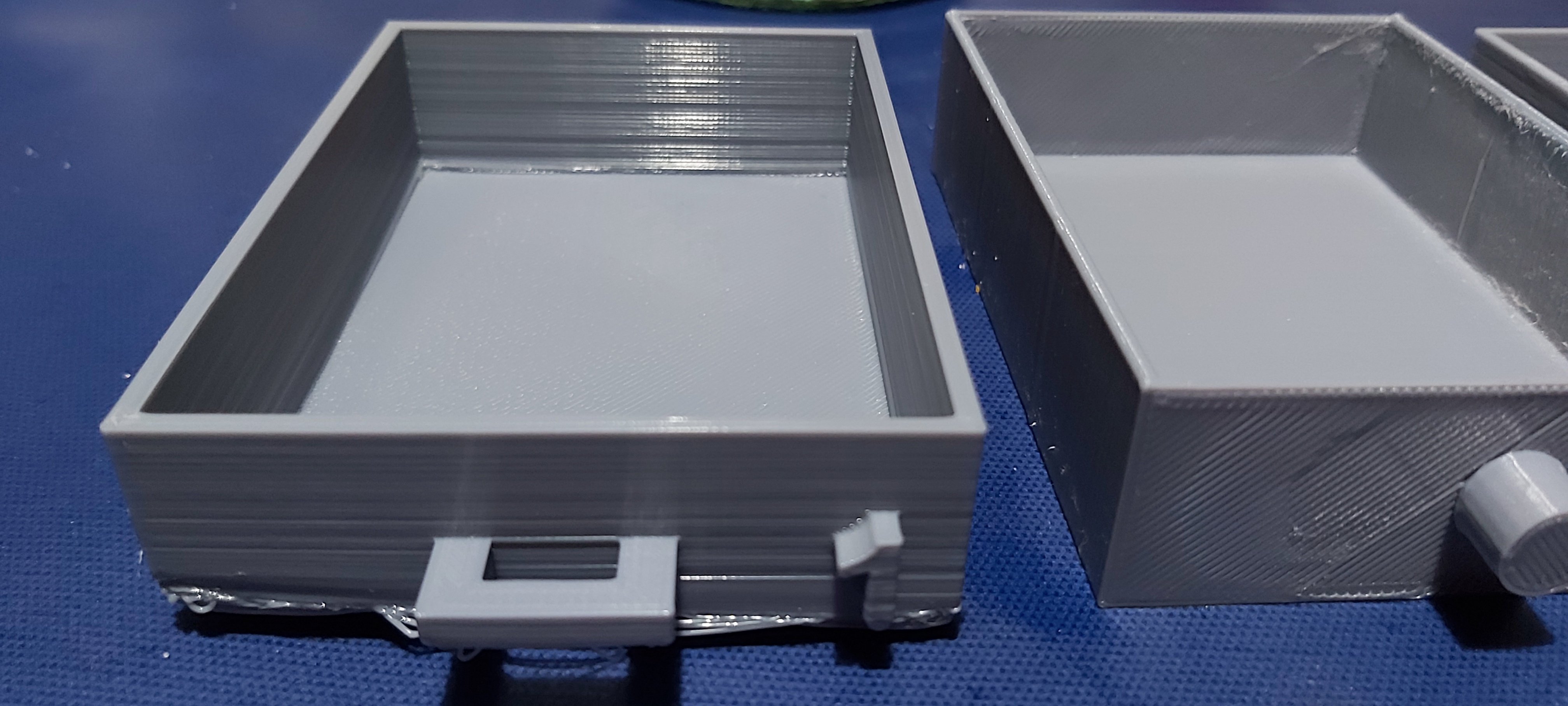Great comments, but Id like to add bit more.
Start with calibration if you havent already:
- e-steps calibration - do it once after any hardware change
- Temperature tower - every filament is different
- Flow tower - do it every time you notice extrusion issues after changing filament
- First layer calibration (bed leveling and nozzle distance) - you obviously did that, but look if there is any room for improvement
- Retraction calibration - not relevant for this model, but thats the last part of basic calibration
On top of that, you want to improve 1st layer adhesion to avoid lifting:
- Use brim
- Add more squish (reduce nozzle to bed distance)
- Print first layer slowly
- Clean your bed and dont touch it with fingers
- Use round corners when possible
- Dont use part cooling fan on first layer
- Leave bed heater on for some time before you start printing (to give enough time for build plate to heat up evenly)
- Lower bed temp after first layer (example: I print PLA on clean glass at 60C, but after first layer I drop it to 55C)
- Use mouse ears (basically a fat brim that you place manually on sharp corners)
Use glue or hairspray if nothing else helps, or consider better build plate like PEI or even better quality filament

